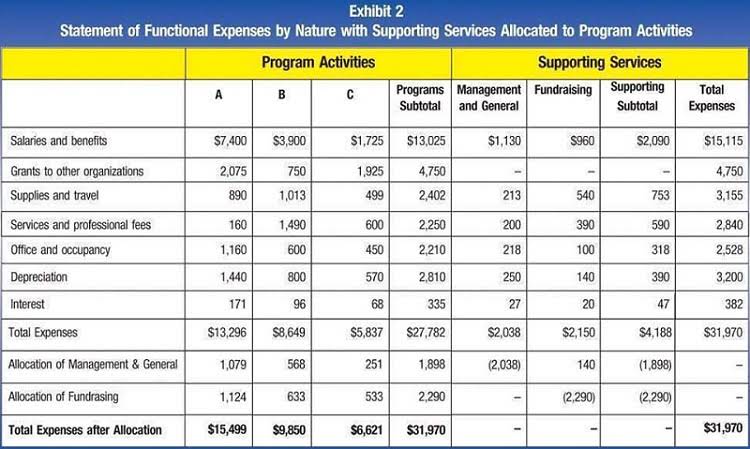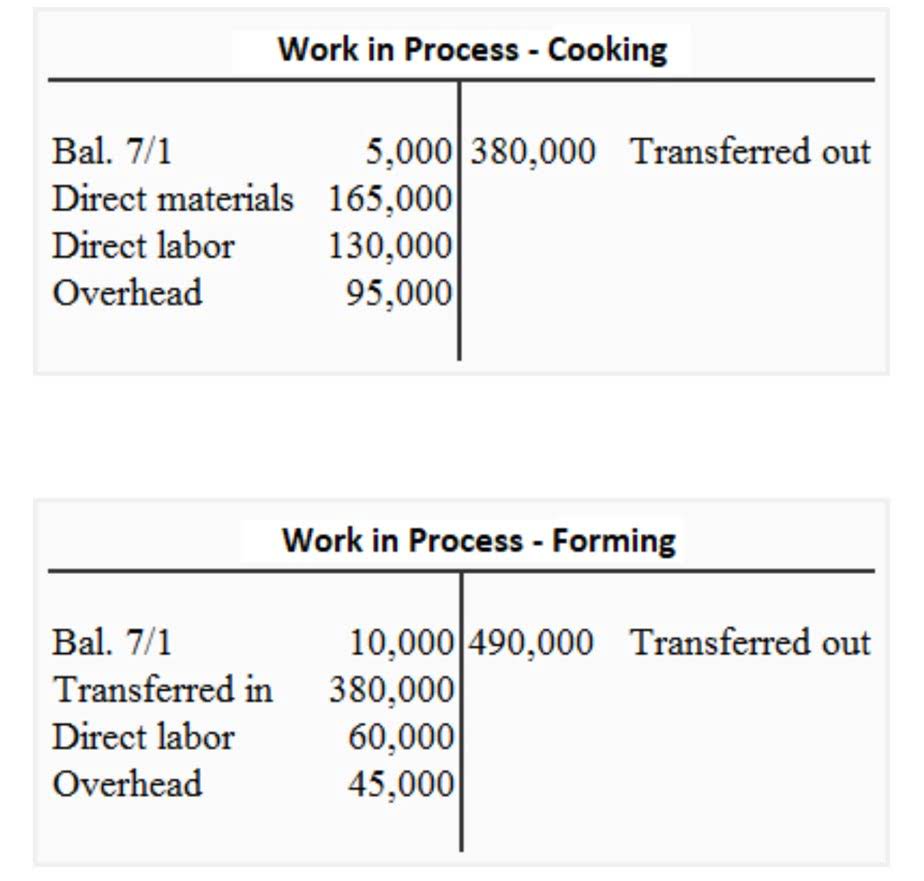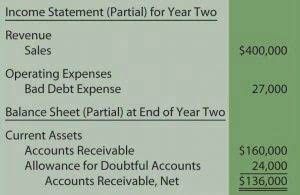
In capital budgeting, tax shields enhance cash flows, influencing the net present value (NPV) of potential projects. This can make previously marginal projects more viable, offering a clearer view of potential returns. Including tax shield benefits in NPV Coffee Shop Accounting calculations enables businesses to make more informed investment decisions. Companies using accelerated depreciation methods (higher depreciation in initial years) are able to save more taxes due to higher value of tax shield.
Depreciation tax shield in net present value (NPV) calculation
- A tax shield refers to the ability of specific deductions to shield portions of a taxpayer’s income from taxation.
- It is important to note that the effectiveness of tax shields can vary depending on the tax laws and regulations of a particular jurisdiction.
- It is the method companies use to allocate the cost of an asset, which may be machinery, building, etc., throughout its useful life.
- In this post, we’ll dive into a concept that is essential for understanding tax planning and its impact on businesses and individuals alike – the tax shield.
- Learn financial statement modeling, DCF, M&A, LBO, Comps and Excel shortcuts.
- By doing so, you can make informed financial decisions and potentially better secure your financial future.
For financial reporting, organizations generally prefer a simple ledger account and straight forward depreciation approach to make their closing process easier and faster. A general example of such approach is the use of traditional straight-line method. Below is a break down of subject weightings in the FMVA® financial analyst program. As you can see there is a heavy focus on financial modeling, finance, Excel, business valuation, budgeting/forecasting, PowerPoint presentations, accounting and business strategy. In the realm of financial data management, vulnerabilities can arise at multiple points, from the…
( . Annual DTS available at 27% tax rate:
Therefore, the tax shield can be specifically represented as tax-deductible expenses. The tax shield concept may not apply in some government jurisdictions where depreciation is not allowed as a tax deduction. This depreciation tax shield reduces the investor’s taxable rental income by $7,692 annually, enhancing cash flow. Commercial entities extensively tend to outsource their tax returns task to tax firms. These independent tax firms keep themselves update to deal with all tax related matters and have special expertise in preparing tax returns for almost all types of companies and individuals.
Unlevered Beta Formula – Ultimate Guide (
- Accelerated deprecation charges the bulk of an asset’s cost to expense during the first half of its useful life.
- Let’s explore this concept from various angles and provide practical insights.
- Where CF is the after-tax operating cash flow, CI is the pre-tax cash inflow, CO is pre-tax cash outflow, t is the tax rate and D is the depreciation expense.
- On the income statement, depreciation reduces a company’s earning before taxes (EBT) and the total taxes owed for book purposes.
- The Interest Payments are typically tax-deductible, which lowers the Company’s tax bill.
- The intuition here is that the company has an $800,000 reduction in taxable income since the interest expense is deductible.
- Depreciation and amortization are non-cash deductions that reduce tax liabilities over time.
In the above example, we see two cases of the same business, one with depreciation and another without it. It is easy to note the difference in the tax amount payable by the business at the end of each year with and without the annual depreciation tax shield. If we add up all the taxes, the amount is substantial, which could be saved if the business had charged depreciation in the income statement. When adding back a tax shield for certain formulas, such as free cash flow, it may not be as simple as adding back the full value of the tax shield.
For tax purposes, depreciation is considered a business expense, and businesses are allowed to deduct it when calculating their taxable income. As a result, it reduces the overall taxable income, thus lowering the amount of tax payable. It is important to note that the effectiveness of tax shields can vary depending on the tax laws and regulations of a particular jurisdiction. Additionally, businesses should consult with tax professionals to ensure compliance and maximize the benefits of tax shields in their capital forecasting. Additionally, Company XYZ has taken a loan of $500,000 to finance its operations.


The cost allocation in the form of depreciation will ultimately ensure that the final value of the asset appearing in the financial statement will reflect its true and fair current value. For example, if a company has an annual depreciation of $2,000 and the rate of tax is set at 10%, the tax savings for the period is $200. The famous Modigliani-Miller (M&M) propositions highlight the irrelevance of capital structure in a perfect world (without taxes or bankruptcy costs). M&M Proposition II with taxes states that the value of a leveraged firm (one with debt) exceeds the value of an unleveraged firm (one without debt) due to the tax shield. For Scenario A, the depreciation expense is set to be zero, whereas the annual depreciation is assumed to be $2 million under Scenario B. The Depreciation Tax Shield refers to the tax savings caused from recording depreciation expense.

A company can estimate the amount of available tax shield by multiplying its tax admissible depreciation by the applicable tax rate. The concept of annual depreciation tax shield is identified as an important factor during financial decision-making by the management in case the business is highly capital-intensive. The business operation will involve the use of assets of larger value resulting in a substantial amount of depreciation being deducted from the taxable income.

It is to be noted that the process reduces the tax burden for the tax payer but does not eliminate it completely. The concept is significant while making financial decisions in any capital-intensive business. The intuition here is that the company has an $800,000 reduction in taxable income depreciation tax shield since the interest expense is deductible. Since the interest expense on debt is tax-deductible (while dividend payments on equity shares are not) it makes debt funding that much cheaper. A Tax Shield is an allowable deduction from taxable income that results in a reduction of taxes owed.
How to calculate the depreciation tax shield

The Interest Payments are typically tax-deductible, which lowers the Company’s tax bill. As a cost of borrowing, the borrower must make Interest payments for the benefit of borrowing. Private Equity Funds typically use large amounts of Debt to fund acquisitions. The Debt used in the purchase creates Interest Expense that reduces the acquired Company’s Tax bill.